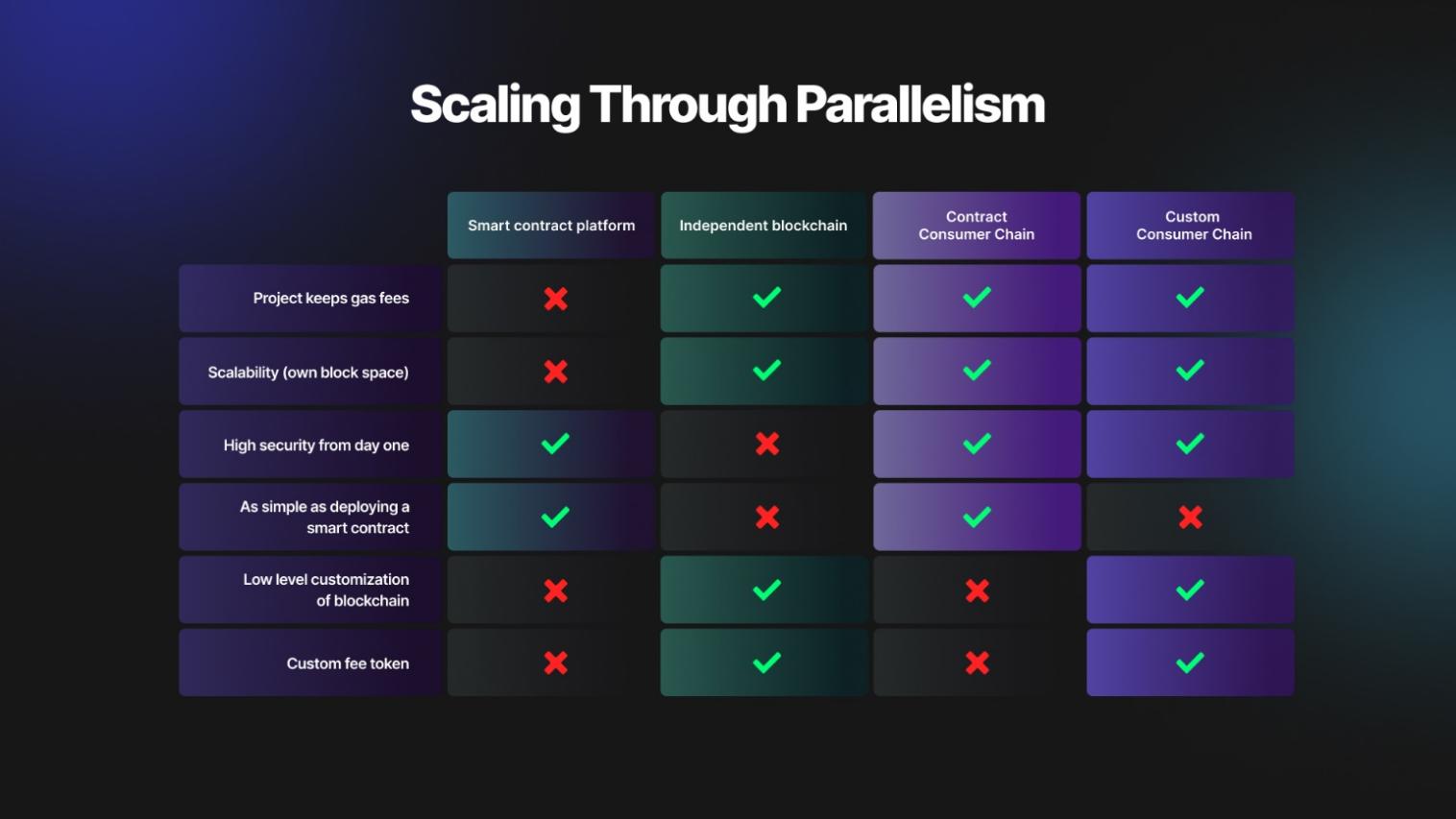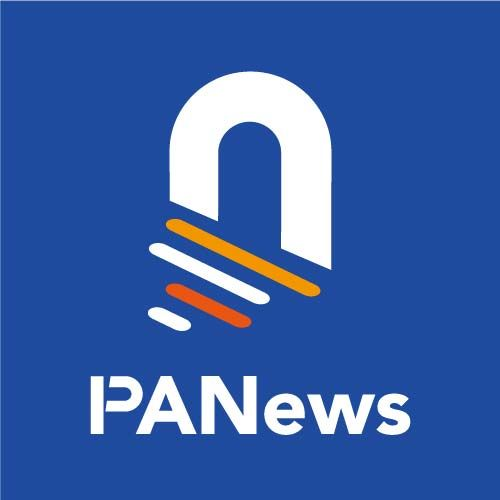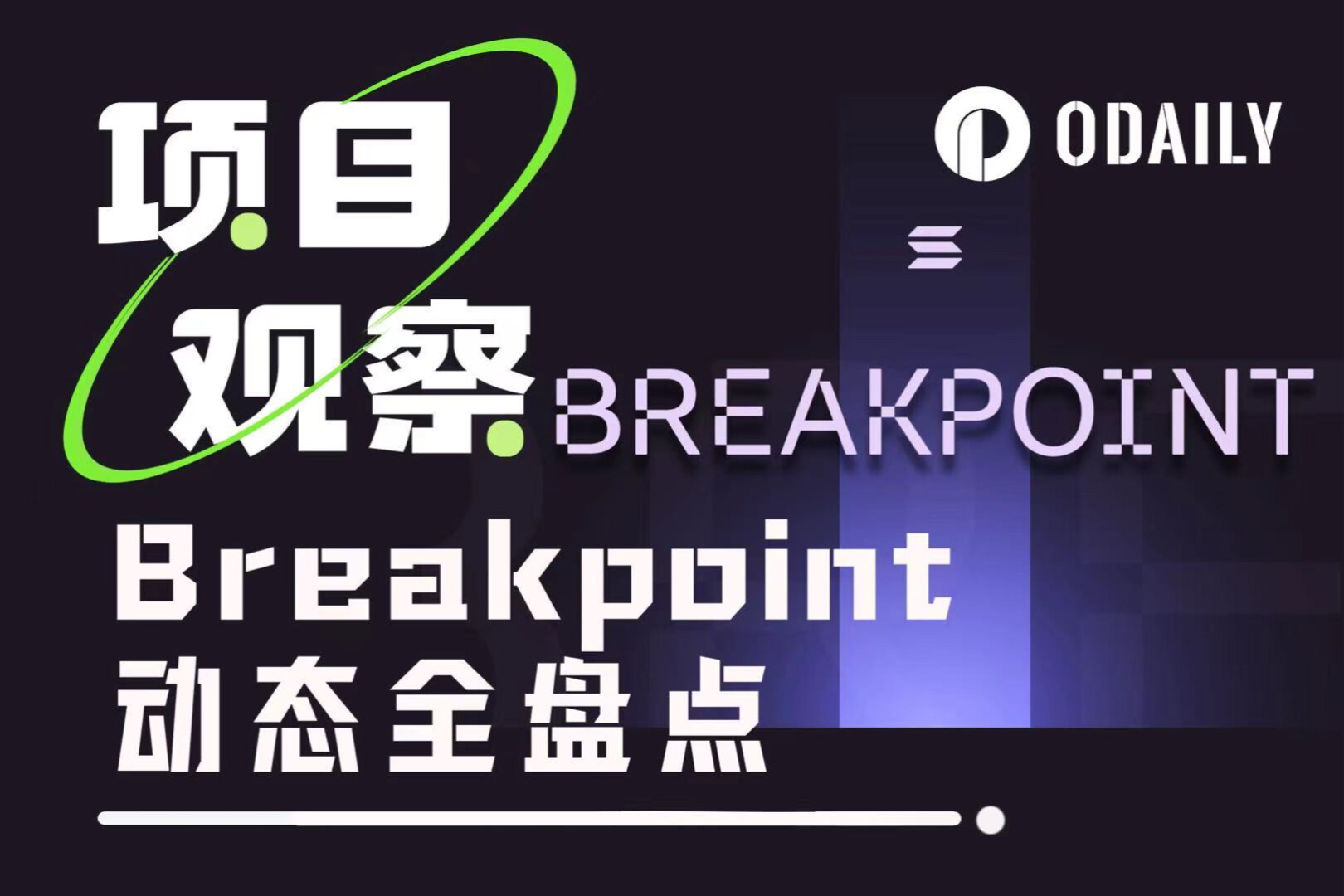Explain the Cosmos2.0 upgrade in detail: launch inter-chain security solutions to enhance ATOM value capture
From the beginning of the year to the present, the Cosmos ecology can be described as "ups and downs". In January 2022, the popularity of modular chains heated up, and Cosmos once came under the spotlight, and the subsequent upsurge of Cosmos airdrops attracted widespread attention. But the good times didn’t last long. The Terra public chain, the main force of the Cosmos ecosystem, suffered a collapse in May. This incident not only brought a series of liquidations to the entire encryption market, but also dealt a heavy blow to the Cosmos ecosystem.
On September 9, Delphi Digital, a well-known investment institution in the industry, announced that its protocol research and development department, Delphi Labs, would turn to research and develop the Cosmos ecosystem, and released a research report on choosing Cosmos after comparing different public chains. With an increase of about 23%, Cosmos once again attracted the attention of investors. As Delphi Labs mentioned in the report, Cosmos has certain technical advantages, supports customizable application chains, and can provide strong security, liveness, and anti-censorship guarantees. Its biggest weakness is the ecosystem. Currently The TVL is lower than the single Layer 2 of the Ethereum ecosystem.
In response to its shortcomings, Cosmos intends to speed up the entire ecological construction through the Cosmos 2.0 upgrade. It is understood that this upgrade will implement inter-chain security solutions, share the Cosmos Hub validator set to lower the threshold for developers to build a separate blockchain network, and improve the value capture of ATOM tokens. In addition, Cosmos Hub will Transforming into a fund that directly invests in ecological projects will not only enrich the application scenarios of ATOM tokens, but also help support ecological construction.
At present, there is limited information about ATOM token economics, Multi-Hop routing, Relayer Icentives, and Protocol Controlled Value in the Cosmos 2.0 upgrade. The Cosmos team may It was further announced at the Cosmoverse conference held on May 26. This article PANews will mainly introduce the inter-chain security solution and the economic value that this solution brings to ATOM tokens.

Interchain Security: With the Cosmos Hub Validator Set
Cosmos is an ecosystem composed of many blockchain networks. Its infrastructure adopts the form of Hubs and Zones. Hubs are similar to the Polkadot relay chain, connecting other chains in the ecosystem, which is equivalent to the central hub of the network, and Zones Similar to a parallel chain, it is a separate chain.
At the current Cosmos 1.0 stage, Hubs are not responsible for the security of other Zones, and each Zone has its own verifier. Although this scheme enables each chain to have independent sovereignty, building validators will not only distract the project side, but also make the corresponding token economics more complicated, which invisibly raises the threshold for entering the Cosmos ecosystem. In addition, the security of the chain has a certain correlation with the market value of pledged tokens. For projects with a small market value in their infancy, they face many security risks, which is also detrimental to the development of the Cosmos ecosystem to a certain extent.
In order to overcome the above challenges and lower the barriers to entry for developers, Cosmos launched the Interchain Security solution, that is, the Cosmos Hub shares security with other blockchains. Since other chains "consume" the security of the Cosmos Hub, in Cosmos These chains in 2.0 are called "Consumer Chains". With the help of inter-chain security, developers can focus on product development during the deployment of consumer chains, and the complexity of token mechanism design will be reduced, while its security will be improved.
It is understood that the consumer chains in Cosmos 2.0 are divided into contract chains (Contract Chains) and custom chains (Custom Chains). As the name implies, the contract consumer chain is a way for developers to use EVM and CosmWasm to deploy smart contract applications protected by Cosmos Hub. A simple understanding is that Dapps like perpetual contract dydx build their own blockchain network. In the future, Support for other environments like Substrate or GnoLang will also be added.
On the contract consumer chain, the gas fee is paid in ATOM tokens, and this part of the fee will be allocated to Cosmos Hub validators and delegators as well as the DAO that supports the development of the consumer chain in order to maintain the long-term development of the project. For example, the head DEX Uniswap, although users paid hundreds of millions of dollars in Gas fees, none of them flowed to Uniswap DAO. If Uniswap builds a contract consumer chain, for example, 25% of Gas fees are sent to Cosmos Hub, and 75% of Gas fees are sent to Cosmos Hub. Flow to Uniswap DAO, thereby enhancing the economic value of UNI tokens, which is conducive to the long-term sustainable development of projects and communities.
The difference from the contract consumer chain is that developers in the custom consumer chain no longer run all the logic as smart contracts, and the network will be given more functions, such as the Juno Network, the smart contract chain of the Cosmos ecosystem. The custom consumer chain allows the project party to create its own gas fee tokens, and also supports rewards such as LP or Staking to motivate users. Of course, the Cosmos Hub will receive consumption chain tokens in the form of partial fees and inflation rewards. Specifically The scale is custom by the developer.

The application scenarios of ATOM cover the entire ecology
Whether it is a contract consumer chain or a custom consumer chain, the Cosmos Hub will be rewarded for the role of the validator. The application scenarios of the token ATOM are not limited to the Cosmos Hub, but will cover the entire ecology, similar to the Avalanche subnet The validators of ATOM will be responsible for both the main network and its own subnet. At that time, the economic value of ATOM tokens will be effectively improved, which is conducive to the long-term development of the entire Cosmos ecosystem.
In order to speed up the launch process of inter-chain security, the Cosmos Hub community initiated a proposal on September 20, intending to spend 20,000 ATOM tokens from the community fund pool for the incentivized inter-chain security public testnet plan, of which 1 10,000 ATOM tokens will be awarded to Cosmos Hub validators who complete testnet milestones that will be released at testnet launch, and the remaining 10,000 ATOM tokens will be reserved to help identify bugs or performance issues, and help develop new tools and other verifiers.
In addition to interchain security solutions, another feature worth looking forward to in the Cosmos ecosystem is Interchain Accounts. At present, the different chains of the Cosmos ecosystem are relatively fragmented, and the composability is weak. For example, users' assets on the Evmos chain need to be transferred to Osmosis in order to conduct transactions and other activities on Osmosis. Inter-chain accounts will allow users to execute transactions on chain B on chain A, similar to how users can interact with Uniswap and Aave on Ethereum without transferring funds. This kind of combination between chains Sex will effectively enhance the experience of using the Cosmos ecosystem.
Under the consensus of the coexistence of ten thousand chains, in addition to the development of Ethereum Layer 2 technology, this year BNB Chain and Polygon also announced the launch of corresponding side chain plans.Avalanche Subnetsalso started to come online. Cosmos, one of the cross-chain duo, is currently ahead of the Polkadot ecosystem in terms of ecological development. However, in the face of challenges from mainstream public chains such as Ethereum and BNB Chain, can Cosmos be upgraded with the help of Cosmos 2.0, by reducing the number of developers? Threshold, optimize user experience, enhance ATOM token value capture, etc., to speed up the overall ecological construction, so as to gain certain advantages in this track, PANews will continue to pay attention.



